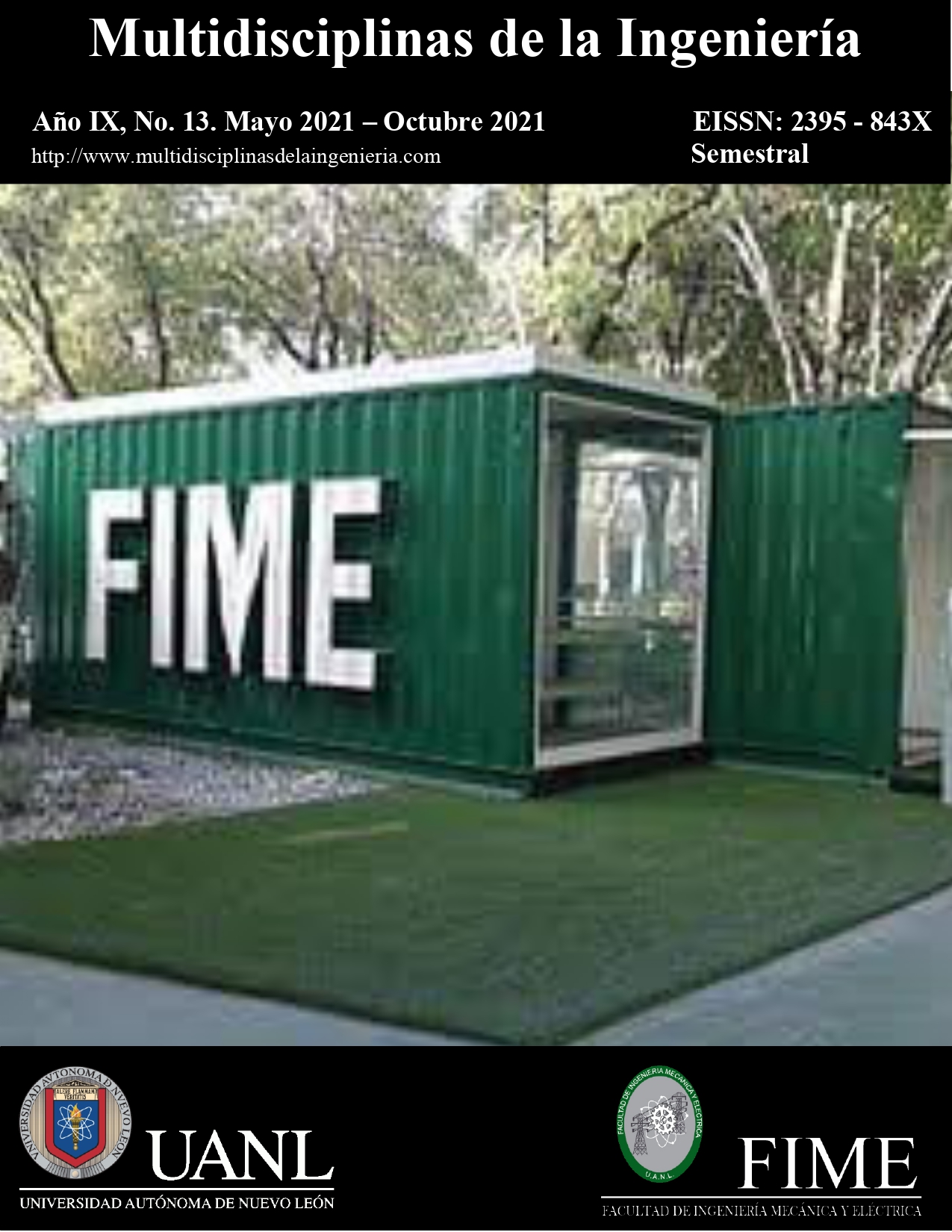Reduction of model change times in products manufactured in a vacuum manufacturing company
DOI:
https://doi.org/10.29105/mdi.v9i13.260Keywords:
production, kaizen, smed, jit: (just in time), Vac's, Gemba, Standart work, Heijunka, productivityAbstract
This project was carried out at a vacuum cleaner manufacturing company, which manufactures different types of vacuum cleaners on more than 7 different production lines. In this project of applied scientific research, Lean Manufacturing tools such as SMED and 5’S were implemented, as well as statistical analysis to measure the improvements developed. The main objective of this project is to be able to reduce the time of model change in order to increase the productivity in the company and to be able to use all the capacity of the machine available. This document shows how the time reduction of model changes in the assembly area of the company was carried out, using innovations in technology reducing by 58% the time of change from one product to another. It is a case of success of applied research and also pointed out the following challenges in the area of product change within the company.
References
FUJIMOTO, Takahiro. The Evolution of Manufacturing System at Toyota. New York, Estados Unidos de América. Oxford University Press. 1999. ISBN 978-0195123203.
PAREDES RODRÍGUEZ, Francis. Preparación rápida de máquinas: El sistema SMED (archivo PDF). Lima, Perú. Instituto de Ingeniería Aplicada. Julio 2007. Recuperado de https://imcperu.com/articulos/SistemasSmed.pdf
VILLASEÑOR, Alberto. Manual de Lean Manufacturing, Guía Básica. México. Limusa. Instituto Tecnológico de Monterrey. 2009. ISBN 978-9681869755.
Estrada, F, Mussen, j, & Manyoma, P. (2010). Desarrollo de la Metodología SMED para reducir los tiempos generados por cambios de referencia en el área de empaque de una empresa del sector farmacéutico. Cali, Colombia. Recuperado de: http://www.abepro.org.br/biblioteca/enegep2010_TI_ST_113_739_16685.pdf
(Cuc, 2004, p. 149). Aplicación de la Técnica Smed en la fabricación de Envases Aerosoles. Recuperado de http://biblioteca.usac.edu.gt/tesis/08/08_1361_IN.pdf
Sousa, L, (2013) Eficiencia con las 5'S Limpieza y orden eficientes, clave del desarrollo japonés. (Spanish). Recuperado de http://bibliotecavirtual.unad.edu.co:2139/eds/pdfviewer/pdfviewervid=2&sid=6b3c2451- 32d6-499d-bf3f-6ae9ccdf5cbb%40sessionmgr120
Shingeo Shingo, 2003, Revolución en la producción: el sistema SMED, TGP. TECNOLOGIA DE GERENCIA Y PRODUCCION, S.A.
Angel Baguer Alcalá, 2009, Las diez erres en la dirección de personas, ESIC Editorial.
Hiroyuki Hirano, 2005, Los Cinco Pilares de la Fábrica Visual, Editorial TGP.
Jeffrey Liker, 2006, Las claves del éxito de Toyota, Editorial Gestión
PORTER, M., 2004, Ventaja Competitiva, Cecsa, México.
Thompson, P. C. 1994. Círculos de Calidad. Cómo hacer que funcionen. Grupo Editorial Norma. Primera Edición, Colombia.
García Rebolloso M. E., Vega García K., Colunga Jaime R., Bermúdez Ruz K. A., Torres Bugdud A.,2018, PROPUESTA DE MEJORA PARA EL DESGASTE UNIFORME DE LOS MOLDES. Multidisciplinas de la Ingeniería Año VI. No. 08. Noviembre, 2018 FIME – UANL.
Martínez Solís L.I., Avilés Coyoli K.L., González Nava J. Romero Meneses G. 2018, ESTANDARIZACIÓN DEL PROCESO DE PRODUCCIÓN Y DETERMINACIÓN DE LOS TIEMPOS ESTÁNDAR DE UNA MIPYME PANIFICADORA, Multidisciplinas de la Ingeniería Año VI. No. 07. Abril, 2018 FIME-UANL.
Fernández Valadez V.E., Martínez Martínez R., Luna Lázaro M., Meléndez Guevara J.A. 2020, REDUCCIÓN DE TIEMPO MUERTO E IMPLEMENTACIÓN DE DOCUMENTACIÓN EN LINEAS DE PROCESOS DE PRODUCCIÓN DE MICRO-ALAMBRE, Multidisciplinas de la Ingeniería 2395-843X. Año VIII. No. 12. Noviembre, 2020 FIME-UANL.
Downloads
Published
How to Cite
Issue
Section
License

This work is licensed under a Creative Commons Attribution-NonCommercial-NoDerivatives 4.0 International License.





